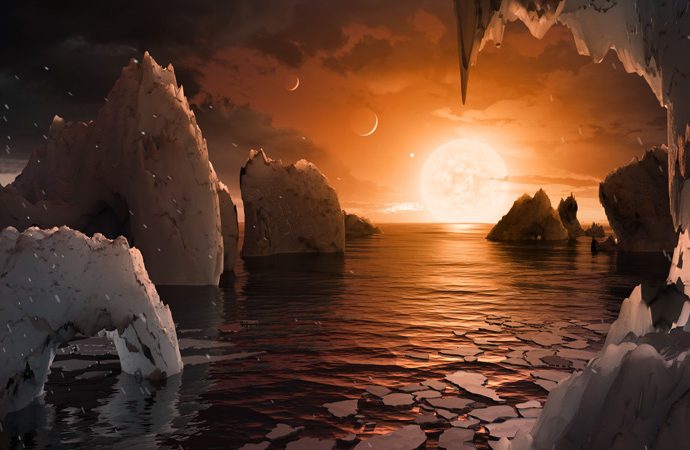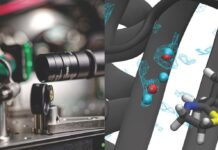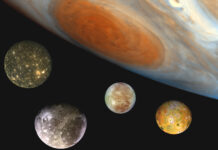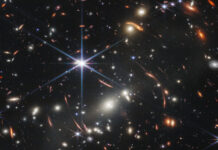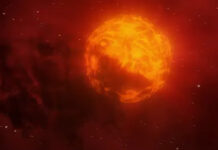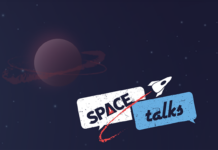Hubble confirms some atmospheric characteristics of TRAPPIST worlds.
A paper by Julien de Wit and team rules out a hydrogen-rich atmosphere for the three habitable zone-orbiting exoplanets and one orbiting at this zone’s outer reaches, according to data from the Hubble Space Telescope.

The only way scientists can analyze an exoplanet’s atmosphere is by measuring the star’s light passing through that atmosphere, using a spectroscopic signature. A telling spectroscopic signature for hydrogen-rich atmospheres, which imply a gaseous world akin to Jupiter, Saturn, Uranus, or Neptune, would be a prominent spike in the near-infrared during the target exoplanet’s transit of its host star. However, no such signature was found for the three potentially habitable worlds TRAPPIST-1 d, e, and f.
Researchers believe cloud cover and hazes do not to exist on hydrogen-rich worlds. Because one or the other have been implied to exist on TRAPPIST-1 d, e, and f, combined with the above observation, it seems probable that these three exoplanets possess a more earthlike atmosphere. The fourth exoplanet, orbiting the outer reaches of TRAPPIST-1’s habitable zone, could not be ruled out for a hydrogen-rich atmosphere as spectroscopy data is less determinative for this world than it is for the other three.
Previous work by de Wit, from a year ago, has also excluded the possibility of hydrogen-rich atmospheres for the innermost two worlds.
Potential habitability for TRAPPIST-1 d, e, and f increases even more

A separate team, led by Simon Grimm, measured the densities of the seven TRAPPIST-1 exoplanets more accurately than was ever possible. The researchers used the most sophisticated modeling of this system ever undertaken so far, comparing the model’s results to TRAPPIST-1 itself. The best match implies the seven exoplanets each possess a fair percentage of “volatiles”- substances that do not like sitting about peacefully like most rocks do; for astronomy-related research, “volatiles” often suggest the existence of water in some form.
Volatile components make up to five percent of these world’s total mass, according to this model. If the majority of these volatiles is water, then a world with five percent volatile make-up would translate to a very watery world, with 250 times more water than is present in Earth’s oceans.
[su_box title=”TRAPPIST-1 seven planets” style=”glass” title_color=”#ffffff”]
TRAPPIST-1 b, c: Rocky cores and very thick atmospheres probable.
TRAPPIST-1 f, g, h: Any surface water likely to be frozen, and thin atmospheres probable.
TRAPPIST-1 d: Least-dense world, 30% of Earth’s mass, with a fairly large volatile make-up.
TRAPPIST-1 e: Densest world and the only one of the seven denser than Earth, and iron core and silicate make-up likely. Probably most Earth-looking world.
[/su_box]
References:
Sci-News; Hubble Probes Atmosphere of TRAPPIST-1 Habitable-Zone Planets; retrieved on 23/02/2018
de Wit, Julien, et al. “Atmospheric reconnaissance of the habitable-zone Earth-sized planets orbiting TRAPPIST-1.” Nature Astronomy (2018): 1.
de Wit, J. et al. A combined transmission spectrum of the Earth-sized exoplanets TRAPPIST-1 b and c. Nature 537, 69–72 (2016).
Sci-News; TRAPPIST-1 Planets Are All Rocky, Contain Significant Amounts of Water; retrieved on 23/02/2018
Grimm, Simon L., et al. “The nature of the TRAPPIST-1 exoplanets.” arXiv preprint arXiv:1802.01377 (2018).
